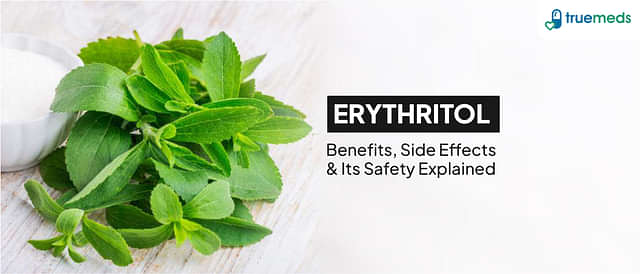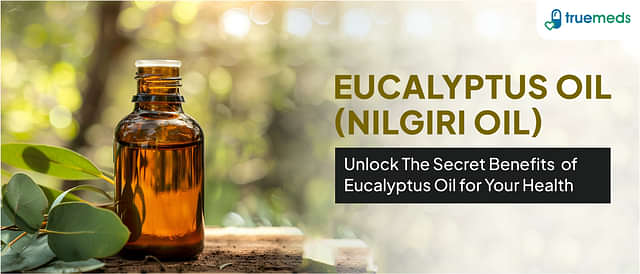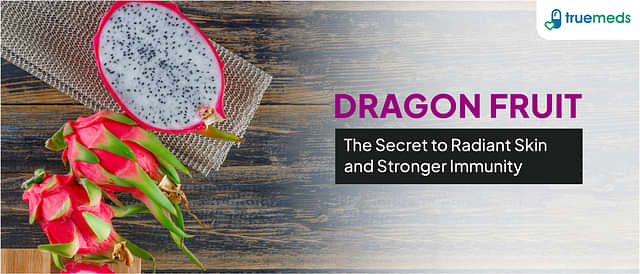Tennis elbow causes and symptoms
Last updated on : 16 May, 2024
Read time : 5 min
What is a Tennis elbow?
A common term for lateral epicondylitis is “tennis elbow.” It happens when the tendons on the outside of the elbow that connect the muscle to the bone swell or damage. This makes the connection somewhere at the elbow weaker and puts a lot of stress on the area. People with tennis elbows almost always feel pain when they lift, grip, or twist.
Tennis elbow is not a severe injury, it needs minor treatment, but it takes time to heal. The treatment includes over-the-counter medications and rest, the tennis elbow symptoms do not subside then the doctor may even recommend surgery.
Basically, tennis elbow is a type of tendonitis which causes swelling in the tendons, that causes pain in the arm and elbow. Tennis elbow may be caused by gripping activities that involve the first two fingers or the thumb over again.
Tennis elbow symptoms
- Tennis elbow starts with mild tendonitis over the elbow joint.
- When you use your hands to do anything, the pain gets severe.
- Pain goes from the elbow down the arm and into the wrist.
- The pain gets worse over time, and it gets so bad that the forearm hurts even when it is still.
- Pain is felt most when:
- When you bend or raise your arm.
- Writing or gripping small objects like a pen.
- Cup in hand.
- Turn the forearm like you would turn a doorknob or a jar lid.
- Placing out the arm.
- Shaking hands.
- Inflexibility in the elbow in the morning.
- Forearm pain.
- The elbow is weak.
- The hand, arm, or wrist goes numb and starts to tingle.
How does tennis elbow cause?
Tennis elbow is a painful condition of the elbow that is caused by overusing the forearm in activities like weightlifting, swimming, playing the violin, and racquet sports. When trying to straighten or extend the hand, pain is felt.
The elbow joint is attached to the forearm by muscles and tendons. The muscles and tendons are connected to the bones to give the forearm strength and flexibility. Excessive wrist motion can cause forearm muscle and tendon injuries. It also inflames tendons and muscles. It is felt when the hand is fully extended or straightened. Pain can be caused by nerve irritation and inflammation.
This condition is called tennis elbow because it mostly affects racquet players. It develops in those who use their forearms frequently, such as weightlifters, painters, violinists, carpenters, etc. When you do these things over and over, you hurt your muscles and tendons. Most people get it between the ages of 30 and 50.
Tennis elbow can happen in both arms at the same time, but it usually affects the arm that is used the most. Without treatment, healing can take anywhere from 6 months to 2 years, depending on how bad the damage is. Tennis elbow can also come back.
Aside from sudden injuries like banging or knocking the elbow, the most common cause of tennis elbow is repeated or intense use of the forearm.
Tennis elbow is caused by the frequent wrist and forearm twisting in activities like:
- Badminton, tennis, and squash are racquet sports.
- Sports like javelin and discus are thrown.
- Painting
- Using scissors in the garden
- Handworks like plumbing or bricklaying
- Use scissors for sewing or other fine work
- Bending the elbow over and over like playing the violin
Treatment for tennis elbow
Tennis elbow pain usually gets better on its own. But if over-the-counter medicines and other self-care methods don’t help, the doctors may recommend physical therapy. If you have a tennis elbow for a long time, you might even need surgery to get rid of it for good.
1. Physical Therapy
Therapy is mainly performed to stretch and strengthen your muscles, especially the muscles present in your forearms. Exercises that involve slowly lowering your wrist and then gradually raising it are helpful in the treatment. A brace or a forearm strap may also be beneficial to reduce stress in the affected tissue.
Icing the elbow, every 3 to 4 hours until the pain subsides is also beneficial to reduce pain and swelling. An Elbow strap may be used to protect the injured tendon from strain development.
Taking breaks between the activities allows the affected tendon attachment to heal. Most of the time these treatments may be beneficial to subside tennis elbow pain symptoms, but in severe cases, you may even need surgery when medications and therapy treatment fails.
2. Surgical procedures
a) Ultrasonic Tenotomy
During this procedure, a doctor uses an ultrasound to lead special needles through the skin and into the damaged tendon.
The ultrasonic energy makes the needle vibrate, which breaks up the damaged tissue so that it can be pulled out.
b) Injections
Botox or platelet-rich plasma can also be injected into the painful tendons to help.
Pain and swelling can also be treated with injections of steroids or painkillers like naproxen and diclofenac. These medications cause ulcers and bleeding, therefore they’re taken rarely.
3. Lifestyle and home remedies
The doctor may also recommend several home remedies to reduce tennis elbow pain:
- Apply cold packs for 15 to 20 minutes, four times a day.
- Make sure to use proper technique while performing activities and try to avoid repetitive wrist motions.
- Over-the-counter medications like ibuprofen and naproxen can be used to relieve pain and swelling in the affected area.
- Avoid activities that potentiate the elbow efforts.
Buy medicines online through Truemeds at the best price and discounts. For all the latest coupons and offers on branded and generic medicines, follow us on Instagram and Facebook.
Disclaimer
Our healthcare experts have carefully reviewed and compiled the information presented here to ensure accuracy and trustworthiness. It is important to note that this information serves as a general overview of the topic and is for informational purposes only. It is not intended to diagnose, prevent, or cure any health problem. This page does not establish a doctor-patient relationship, nor does it replace the advice or consultation of a registered medical practitioner. We recommend seeking guidance from your registered medical practitioner for any questions or concerns regarding your medical condition.
Popular Articles
Recommended Articles
Recent Articles
Top-Selling Medicines:
...View more
Top-Selling OTC:
...View more
Company
About UsHealth ArticleHealth StoriesDiseases & Health ConditionsAll MedicinesAll BrandsNeed HelpFAQSubscribe
Registered Office Address
Grievance Officer
Download Truemeds

Contact Us
Our customer representative team is available 7 days a week from 9 am - 9 pm.
v3.7.11
Our Payment Partners



























































